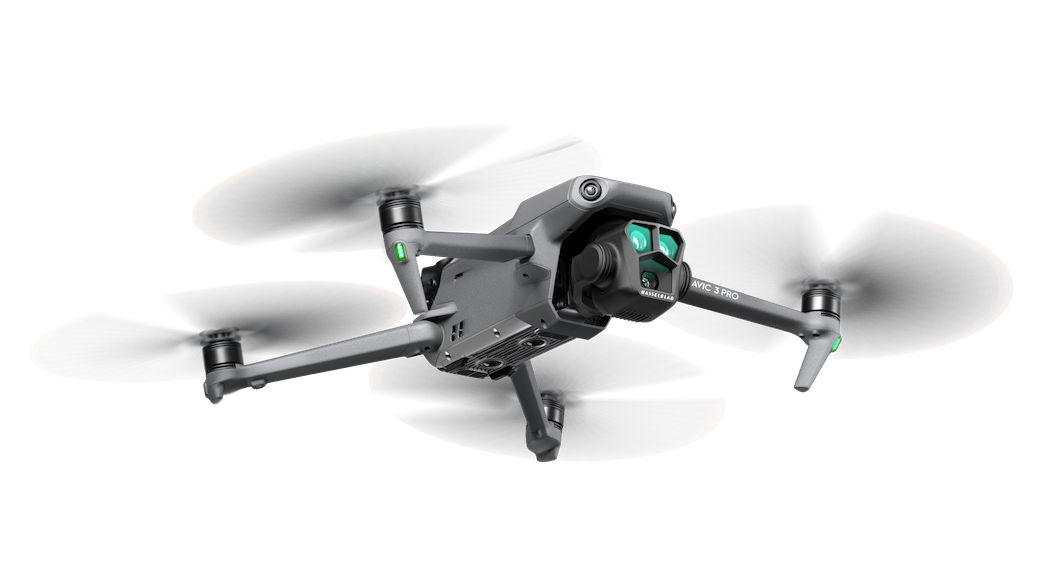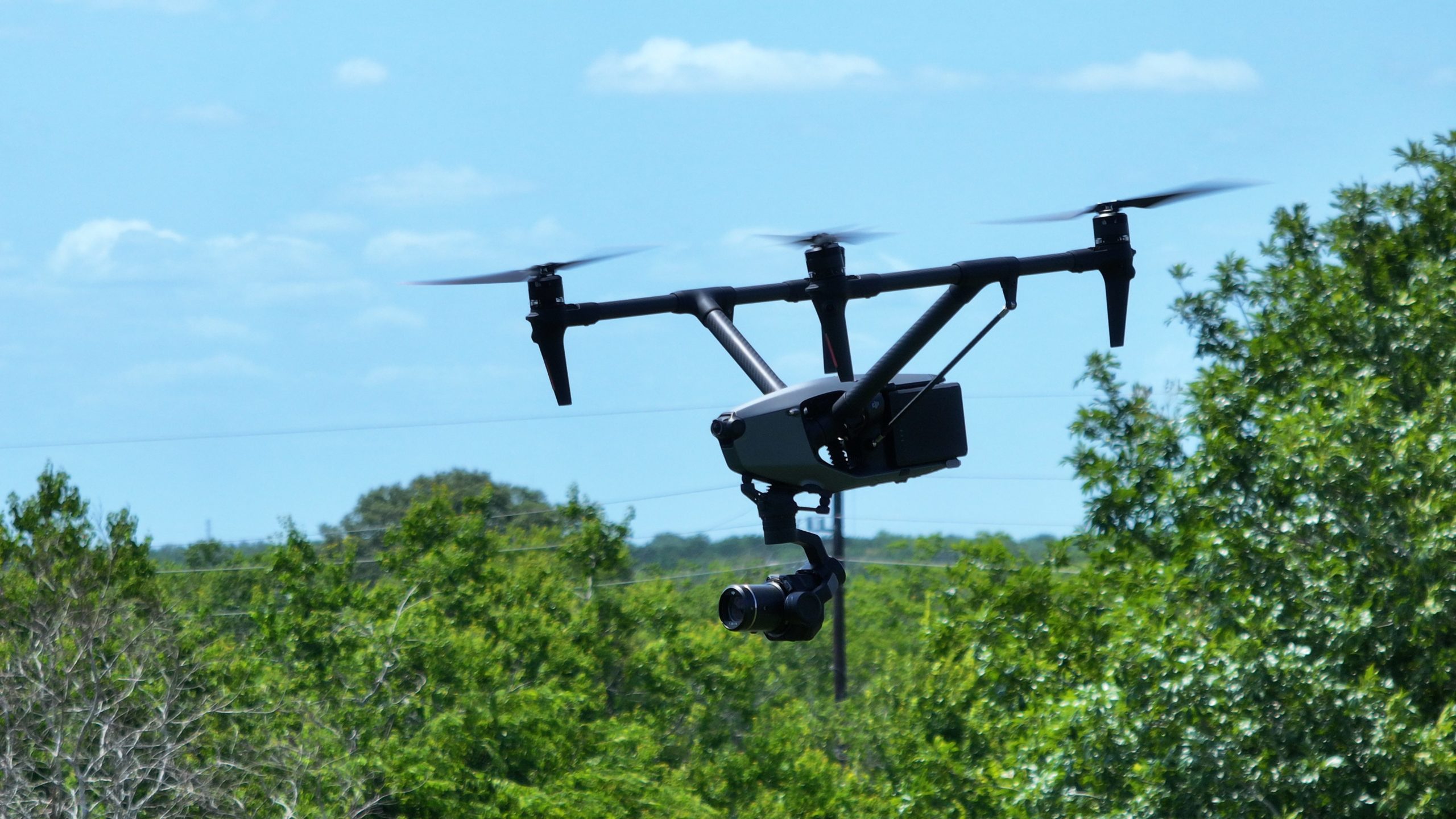Ready to take to the skies? A guide to commercial UAV flying
Drones, also known as unmanned aircraft systems (UAS), have become increasingly popular in recent years. The Federal Aviation Administration (FAA) has established regulations for operating small UAS, known as Part 107, to ensure the safety of people and property on the ground and in the air.
If you plan on operating a drone in the United States, it is important to familiarize yourself with Part 107 and follow all guidelines to ensure a safe and legal flight. Here are some key points to keep in mind:
-
-
- Keep your drone in sight at all times. You should always be able to see your drone with your own eyes, not through a device such as binoculars or a monitor.
- Fly at or below 400 feet. The maximum allowable altitude for a drone is 400 feet above the ground, or higher if your drone remains within 400 feet of a structure.
- Fly within visual line of sight. You must be able to see your drone at all times while it is in the air.
- Fly during daylight hours. You may only fly your drone during daylight hours or during twilight hours if your drone has anti-collision lights.
- Fly at a safe distance from people and property. You should keep your drone at least 25 feet away from people and property at all times.
- Do not fly over groups of people. You should never fly your drone over groups of people, such as at sporting events or concerts.
- Do not fly over sensitive infrastructure. You should not fly your drone over sensitive infrastructure such as power plants, water treatment facilities, or correctional facilities.
- Do not fly in restricted areas. You should not fly your drone in restricted areas such as near airports or military bases.
- Follow all airspace rules. You should always follow all airspace rules and regulations, including those related to altitude and distance from airports.
- Always fly responsibly. You should always fly your drone responsibly and in accordance with the law.
-
By following these guidelines, you can operate your drone safely and legally in the United States under Part 107. Remember to always prioritize safety, and have fun flying!
To obtain a Part 107 certification, you have a few options. One option is to take an in-person class or online training course, such as the ones offered at https://courses.dronelaunchacademy.com/. These courses will provide you with the knowledge and skills you need to pass the FAA’s Part 107 exam and obtain your certification. Alternatively, you can also learn the material for free by watching online resources such as the video at https://www.youtube.com/watch?v=6_ucCKFJUCU. While this option does not provide the same level of structured learning as a formal course, it can be a good way to get a general understanding of the material.
Regardless of which option you choose, it is important to study and fully understand the material before attempting the Part 107 exam. By obtaining a Part 107 certification, you will be able to operate your drone safely and legally in the United States. Remember to always prioritize safety, and have fun flying!


